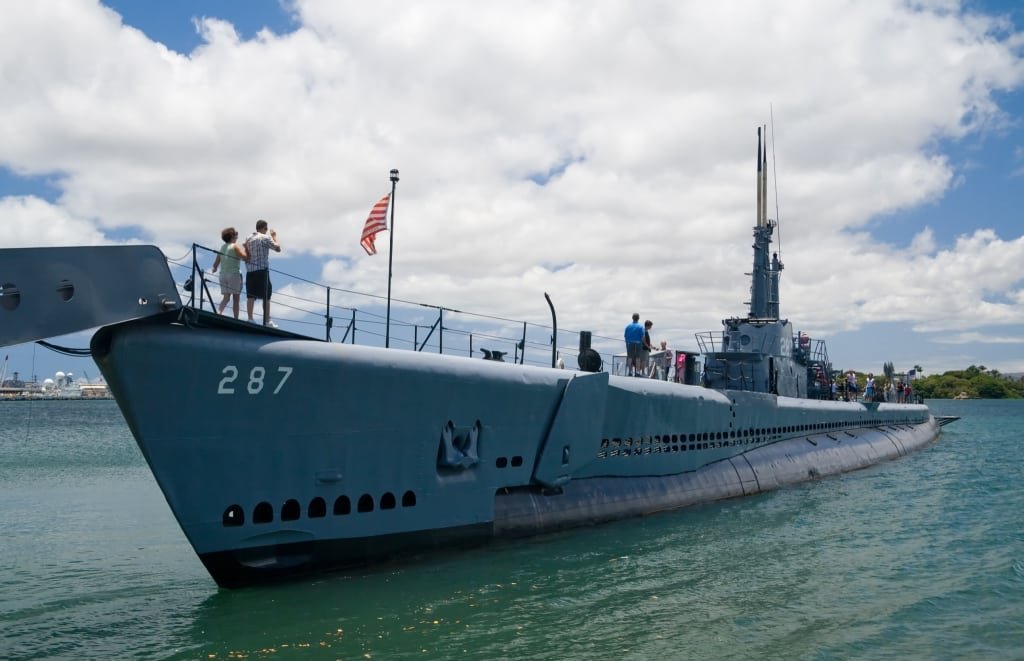When the Japanese attacked Pearl Harbor on December 7 1941, in the first five minutes of the attack, four battleships were hit, including the USS Oklahoma and the USS Arizona Minutes later, the Arizona exploded after a bomb hit its gunpowder stores, sinking the ship and killing 1,177 of its crew. Schooner’s restaurant is about 100 yards from the Visitor Center, near the bridge to Ford Island. The 23-minute historical film features actual footage from the attacks on Pearl Harbor backed by a dramatic, emotional, and informational narrative including testimonies and statements from survivors of that fateful day.
Book Your Pearl Harbor Tours. Call 1-808-589-0456 Now & Get up to 20% OFF
Visitors exit the theater through a back door that leads directly to a Navy shuttle boat, which you will immediately board for the short excursion to the memorial itself. Parking at the Pearl Harbor Visitor Center is free. The International Museum of World War II in Natick, Massachusetts, now has a new exhibit on Pearl Harbor.
To get there, visitors continue to board boats piloted by Navy sailors for a brief ride across the harbor. Visitors get to hear what civilians went through, including children who carried gas masks to school as Hawaii hunkered down for feared follow-on attacks. “The idea of exploration of history would have been found unsavory by some of the Pearl Harbor survivors who were still dealing with the wounds of that war.”
The themes that emerged fit inside two halls, “Road to War” and “Attack.” A courtyard is dedicated to Hawaiian history. 7, 1941, attack that dragged the U.S. into World War II. This is a significant departure from the old collection devoted to one of worst foreign attacks ever on American soil — what life was like in Japan at the time didn’t much figure into it. Pearl Harbor museum now shows Japanese perspective.
USS Bowfin (SS-287) submarine provides an opportunity for visitors to go below deck aboard this National Historic Landmark. The museum includes an extensive look at the fascinating history of submarines from the first daring attempt in 1776 to use a submersible in warfare to the feats of today’s nuclear submarines. She had to be heavy-lifted onto another ship to be transported from California, through the Panama Canal, and up to the Gulf of Mexico.” Another reason: the museum is already home to USS Razorback, a submarine that was present in Tokyo Bay during the formal surrender of the war, providing a rare naval-history bookend to World War II.

